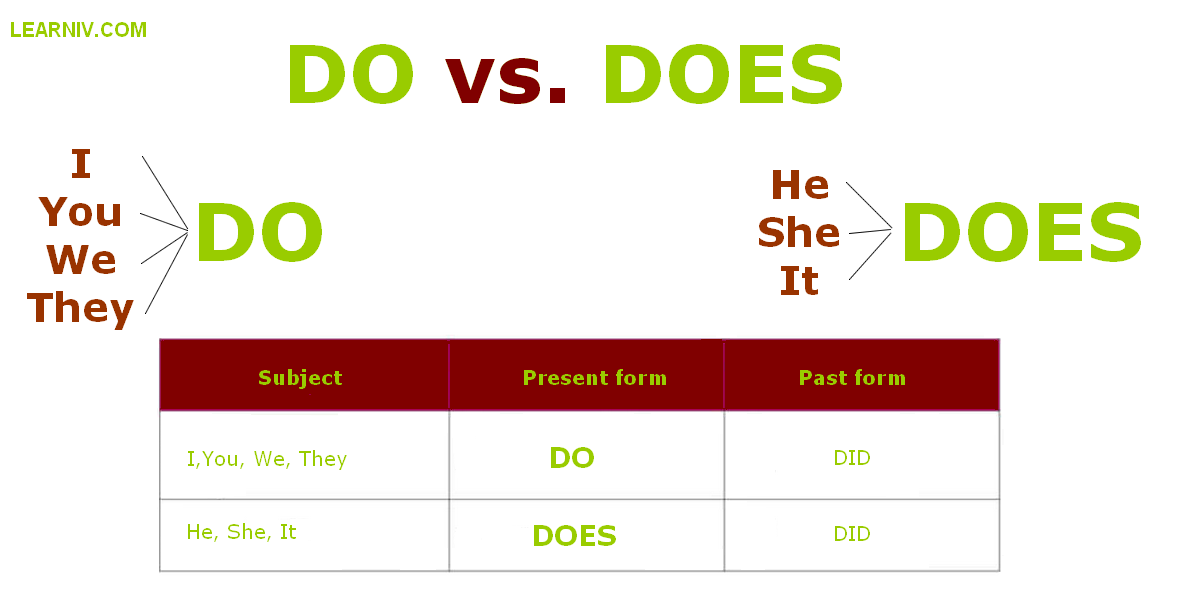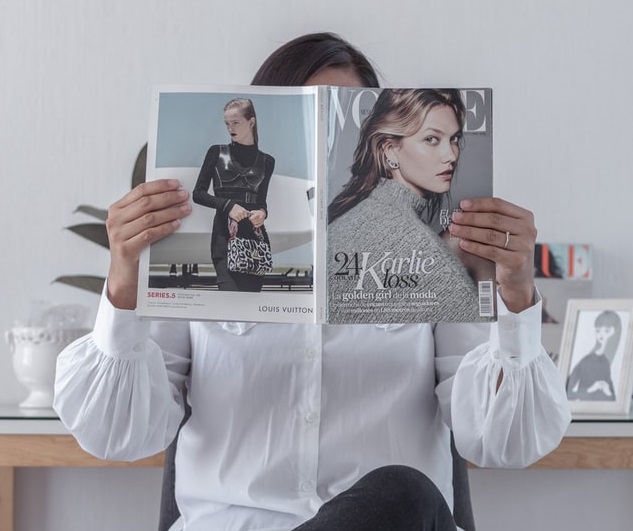Understanding Fashion Accessories: Types, Functions, and How to Choose the Right Ones
Introduction: What Are Fashion Accessories?
Fashion accessories are items or ornaments chosen to complement, accentuate, or add practicality to an outfit. Unlike clothing, accessories are typically secondary elements-but they have the power to transform an entire look, express personality, and fulfill functional needs. The term “fashion accessory” came into common use in the 20th century, but accessories themselves have existed for millennia, appearing in ancient cultures as indicators of status, identity, and style [1] [2] . Today, accessories range from jewelry and handbags to hats, belts, and eyewear, and are available in a vast array of shapes, colors, and materials.
The Role and Importance of Accessories
Accessories serve multiple purposes in fashion. Aesthetically, they allow you to personalize your look and make a statement. They can introduce color, texture, or contrast to an outfit, enabling you to adapt a basic wardrobe to different settings or moods. Functionally, items like scarves, hats, sunglasses, or belts offer practical benefits such as warmth, sun protection, or utility [4] .
Accessories also communicate social cues, reflect cultural traditions, and can signify status. For instance, luxury watches may indicate affluence, while culturally significant jewelry can reflect heritage [4] . In professional settings, accessories like ties, cuff links, or handbags can enhance a polished appearance, while in social or creative contexts, bold or unique pieces help express individuality.

Source: ediytanitansy.pages.dev
Main Categories of Fashion Accessories
Fashion accessories can be grouped into two broad categories: carried accessories and worn accessories [2] . Additionally, some sources distinguish between soft accessories (textile-based) and hard accessories (non-textile items) [4] . Below, we examine the most common types and how they can be used effectively:
1. Jewelry
This includes items like necklaces, bracelets, rings, earrings, anklets, and brooches. Jewelry is often chosen to highlight features, add sparkle, or serve as conversation pieces. For example, a statement necklace can elevate a simple dress for an evening event, while delicate studs add subtle elegance to a business ensemble [1] [5] .
To choose jewelry:
- Consider the occasion-bold pieces suit social gatherings, while minimal designs work best for work or formal events.
- Match metals (gold, silver) to your outfit tones for harmony.
- Be mindful of scale-large pieces suit simple outfits, while small pieces can complement detailed clothing.
2. Bags and Handbags
Bags serve both functional and fashion roles. Types include purses, shoulder bags, clutches, totes, backpacks, and wristlets [3] . Selecting the right bag depends on activity: a clutch for evening, a tote for work or errands, and a crossbody for travel or leisure. Material and color coordination can make a bag the focal point or a subtle complement.
When building your bag collection:
- Choose a neutral, versatile bag for daily use.
- Invest in a statement piece for special occasions.
- Consider storage capacity and comfort for practical needs.
3. Belts
Belts not only keep garments in place but also define the waist, add color, and provide structure to loose outfits. From classic leather to decorative chains, belts can be coordinated with shoes or used to introduce contrast [5] .
To style belts:
- Match the belt color to your shoes for a traditional look.
- Use wide belts to cinch dresses or oversized tops.
- Experiment with embellished or patterned belts for a touch of personality.

Source: glamour.com
4. Hats and Headwear
Hats and headbands are both stylish and functional. Fedoras, berets, sun hats, and beanies offer protection from weather and can be powerful style statements. Headbands, clips, and scarves also fall under hair accessories and can be used to manage hair while adding visual interest [3] .
For choosing hats:
- Consider face shape-wide brims suit longer faces; rounded hats complement angular faces.
- Think about the season and intended use (sun protection, warmth, or fashion).
5. Scarves and Shawls
Scarves are among the most versatile accessories. They can be worn around the neck, over the shoulders, as head coverings, or even tied to bags for a splash of color. Shawls and wraps serve a similar function, providing warmth and elegance, especially for formal events [4] .
To use scarves creatively:
- Try different tying methods (knot, drape, loop).
- Experiment with materials (silk for elegance, wool for warmth).
- Coordinate scarf patterns with solid-colored outfits for balance.
6. Eyewear and Sunglasses
Eyewear includes both prescription glasses and sunglasses. Aside from vision correction or sun protection, frames can be a strong fashion statement. Trends range from classic aviators and wayfarers to bold geometric shapes [3] .
Steps for selecting eyewear:
- Choose frames that complement your face shape.
- Select lens tints and coatings based on activity and light conditions.
- Rotate between neutral and statement frames to match different outfits.
7. Gloves and Hosiery
While gloves and hosiery (like stockings or tights) are sometimes overlooked, they can add sophistication or warmth and are often essential for formal, professional, or cold-weather settings. Gloves range from leather driving gloves to elegant evening gloves, while hosiery comes in countless colors and patterns [1] .
How to Choose and Use Accessories Effectively
Accessorizing is an art that involves balance, intentionality, and creativity. Here’s a step-by-step guide to building your accessory wardrobe and using these pieces to enhance your personal style:
- Assess Your Needs and Lifestyle: Consider your daily activities, workplace dress code, and social life. Prioritize practical accessories (like a sturdy bag or quality watch) for everyday use, and reserve statement pieces for special occasions.
- Start with Essentials: Build a foundation with versatile items-a neutral tote, classic jewelry, and a belt in a basic color. These serve as the backbone for most outfits.
- Experiment with Trends and Statement Pieces: Add bold, colorful, or trendy accessories gradually. Try pairing a basic outfit with a standout bag or oversized earrings to see what feels authentic to your style.
- Mix and Match: Don’t be afraid to combine different textures, colors, and materials. Layer necklaces, stack bracelets, or coordinate scarves and hats. However, avoid over-accessorizing by focusing on one or two statement items at a time.
- Consider Personal Comfort and Confidence: The best accessories are those you enjoy wearing. If a piece feels awkward or out of place, look for alternatives that suit your personality and body type.
- Maintain and Organize Your Accessories: Store jewelry in separate compartments to prevent tangling. Keep bags and hats in shape with fillers or dust bags. Regularly clean eyewear and rotate seasonal pieces for longevity.
Challenges and Solutions in Accessorizing
Some common challenges include over-accessorizing, mismatching items, or choosing impractical pieces. To avoid these issues, focus on quality over quantity, coordinate colors and styles, and select accessories suited to the context of each outfit. For example, while layered necklaces may be fashionable, they can be uncomfortable for long workdays. In such cases, opt for a single, impactful piece. If you struggle to find accessories that fit your needs, consider working with a personal stylist or using online resources from reputable fashion retailers for inspiration.
Where to Find and How to Access Fashion Accessories
Fashion accessories are widely available through department stores, specialty boutiques, and reputable online retailers. If you are seeking specific brands or styles, consider searching official websites for up-to-date collections and customer service information. For luxury or designer accessories, visit flagship stores or authorized dealers. To learn about current trends and best practices for accessorizing, fashion magazines and style blogs from established brands can be helpful resources. If you have unique needs-such as hypoallergenic jewelry or customized items-look for specialized retailers or artisan marketplaces.
If you are unsure where to begin, you can:
- Visit local department stores and try on different accessories to see what suits you.
- Search online for “fashion accessory stores near me” to find local boutiques.
- Consult reputable fashion magazines or the official websites of brands you admire for lookbooks and guidance.
Key Takeaways
Fashion accessories are more than just decorative items-they are essential tools for expressing style, enhancing functionality, and adapting to any occasion. By understanding the different categories, experimenting with combinations, and choosing pieces that reflect your individuality, you can build a versatile and impactful accessory wardrobe. Remember to prioritize comfort, context, and practicality, and consult reliable sources or professionals when in doubt.
References
- [1] Textile Learner (2022). Fashion Accessories: Types, Trends and Importance.
- [2] Wikipedia (2023). Fashion accessory.
- [3] Dressbarn (2021). Learning the Different Types of Accessories.
- [4] The VOU (2024). Fashion Accessory Guide for Men – When & How to Accessorize.
- [5] Sew Guide (2024). Accessories In Fashion: An Overview Of the 30 Most Popular Types.



